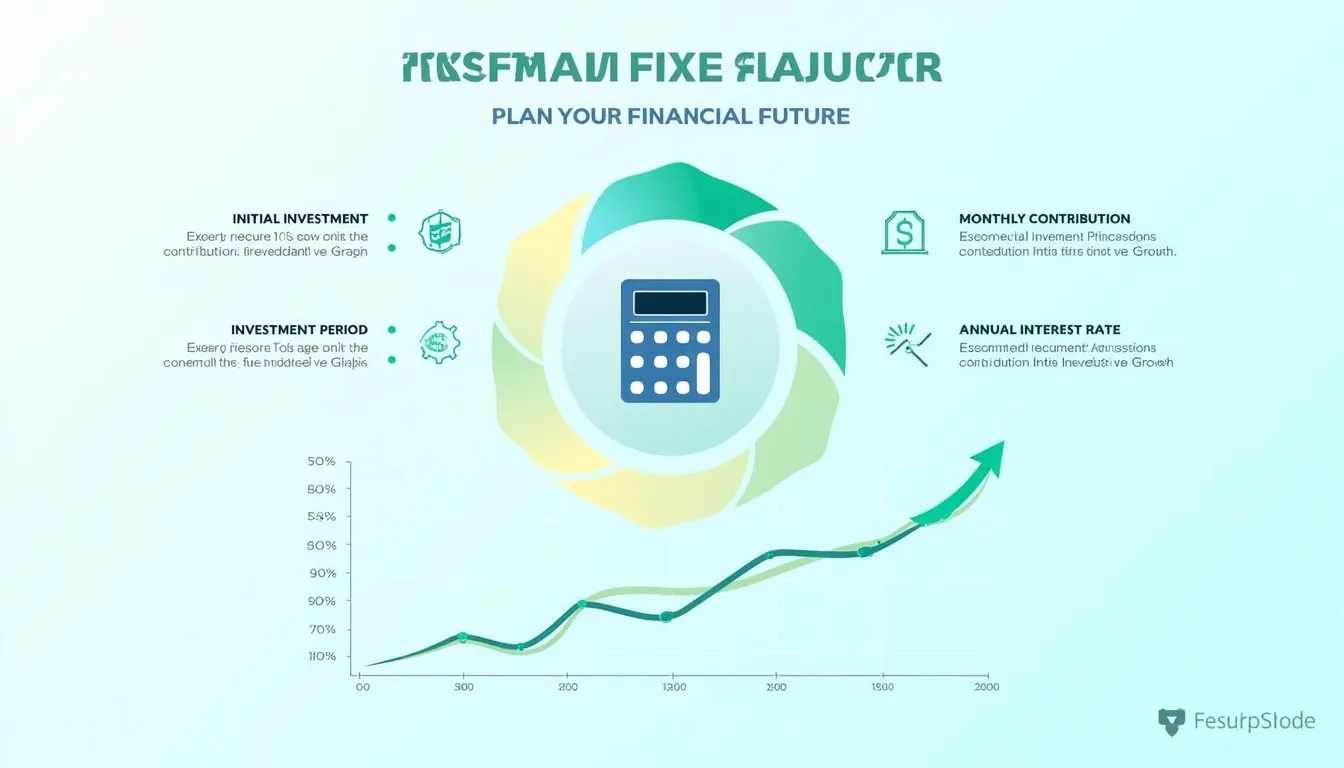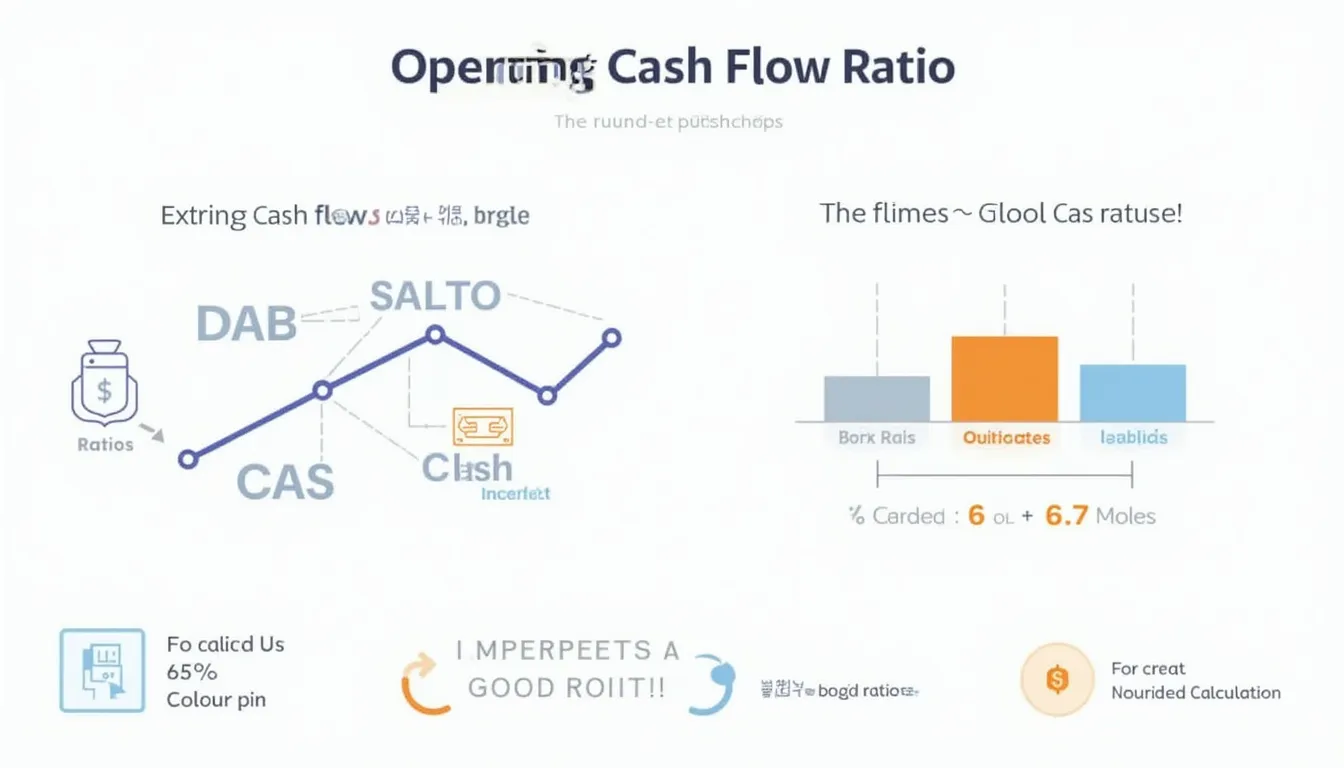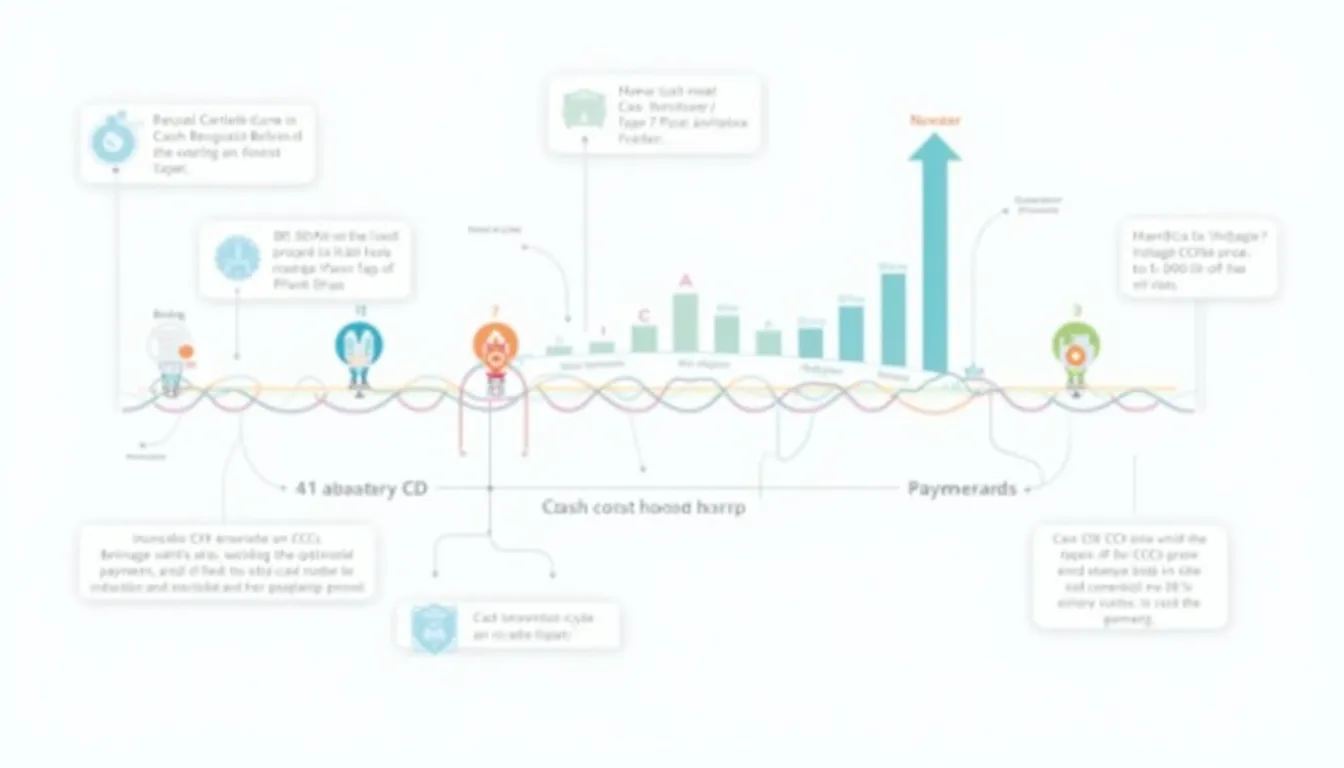Investment Calculator
Is this tool helpful?
How to use the tool
- Initial Investment ($)
Enter the cash you have now. Examples: 7 500 or 20 000. - Monthly Investment ($)
Type the amount you will add each month. Examples: 350 or 1 000. - Investment Period (Years)
Pick how long the money stays invested. Examples: 5 or 15 years. - Annual Interest Rate (%)
Estimate your yearly return. Examples: 4 % or 6 %. - Calculate
Press “Calculate” to see the projected future value.
Formulas used
Both lump sum and monthly deposits compound monthly:
$$ FV = P(1+r)^{n} + PMT rac{(1+r)^{n}-1}{r} $$
- P = initial investment
- PMT = monthly contribution
- r = monthly rate (annual ÷ 12)
- n = total months (years × 12)
Example 1: long-term growth
- P = 20 000
- PMT = 350
- Years = 15
- Rate = 6 %
- FV ≈ 150 814 USD
Example 2: short-term savings
- P = 5 500
- PMT = 250
- Years = 5
- Rate = 4 %
- FV ≈ 23 292 USD
Quick-Facts
- S&P 500 delivered 10.5 % average annual return 1928-2022 (Investopedia, 2023).
- National average savings-account rate was 0.47 % in April 2024 (FDIC Weekly National Rates, 2024).
- IRA contribution limit for 2024 is 7 000 USD for under-50 savers (IRS Notice 2023-75).
- “Compound interest is interest on interest” (SEC Investor.gov, 2023).
FAQ
What is compound interest?
Compound interest adds earned interest to your principal, so future interest is calculated on a larger base (SEC Investor.gov, 2023).
How are monthly deposits treated?
The calculator compounds each deposit from the day it is made using the same monthly rate, mirroring an annuity calculation.
Can I model inflation?
Subtract your chosen inflation rate from the expected return to see real growth; the U.S. 30-year average is 2.5 % (BLS CPI, 2023).
What return rate should I enter?
Use historical asset data: 6-7 % for balanced funds, 10 % for U.S. equities (Morningstar, 2023).
How often should I update inputs?
Review assumptions yearly or after major market changes to keep projections realistic (FINRA, 2022).
Is there a maximum investment period?
The tool supports any positive integer; periods over 40 years show diminishing accuracy due to unpredictable market cycles.
How accurate are projections?
Outputs assume constant returns; actual markets fluctuate, so treat results as directional rather than guaranteed (Vanguard, 2023).
What if I withdraw funds early?
An early withdrawal reduces compounding time; re-enter lower years to see the new, smaller future value.
Important Disclaimer
The calculations, results, and content provided by our tools are not guaranteed to be accurate, complete, or reliable. Users are responsible for verifying and interpreting the results. Our content and tools may contain errors, biases, or inconsistencies. Do not enter personal data, sensitive information, or personally identifiable information in our web forms or tools. Such data entry violates our terms of service and may result in unauthorized disclosure to third parties. We reserve the right to save inputs and outputs from our tools for the purposes of error debugging, bias identification, and performance improvement. External companies providing AI models used in our tools may also save and process data in accordance with their own policies. By using our tools, you consent to this data collection and processing. We reserve the right to limit the usage of our tools based on current usability factors.







